If there is a unique camera brand that is iconic, polarising and a mark of quality, then Leica is that brand. That’s the problem that you can easily recognise Leica as a mark of quality and still dislike their cameras for one reason or another. Leica is a quality camera, flawless optics, precision cameras, and a camera designed for pure photography. And the M6, while not their latest 35mm rangefinder option is like all the M-Series cameras both before and after is a camera that retains all the marks of a Leica. Now, I’m not waxing poetic about the cameras, this is only the fourth Leica I’ve shot for these reviews. But is one of my favourites so far, but it’s not without its problems. But anyway, a big thanks to James Lee for loaning out this beauty for a review.

The Dirt
Make: Leica Camera AG
Model: M6
Type: Rangefinder
Format: 135 (35mm), 24x36mm
Lens: Interchangeable, Leica M-Mount
Year of Manufacture: 1984-1998 (M6), 1998-2002 (M6 TTL)


Background
Leica as a company started within the first decade of the 20th-Century, originally founded to produce lenses and other optics, it would be one of their designers Oskar Barnack who saw the need for a new camera on the market. He loved to hike,, and due to his asthma, he could not easily carry the heavy medium format cameras that were popular to produce quality landscape images. So, he set to work to build a quality camera around the 35mm film format. The format proved popular as a motion picture stock and had seen limited use in still photography. But Barnack decided to use a horizontal transport method and a 36x24mm image size. Barnack originally planned to use a Zeiss Tessar lens, but that produced poor results, and he had a new lens designed by Leica for his camera. The result was the Leica O in 1913. By 1923 the Leica I began limited production and by 1930 interchangeable lenses were introduced based on the Leica Thread Mount (LTM). Leica would go on to produce two other major varients of the Barnack Leica, the Leica II and Leica III with the final version starting production in 1957 and ending in 1960. But Leica by that point had moved on to a new style of camera. Released in 1954, the Leica M3 introduced several updates from the original cameras while retaining enough of the original functionality. The M3 used the same post-style rewind knob and bottom loading of film. At least the addition of a flip-out door allowed you to ensure your film is loaded and transporting correctly. The M3 did introduce a combined view/rangefinder and a new lens mount, the bayonet style M-Mount. But like all other Leica’s the M3 lacked any internal automation or light meter. The M3 would be updated in 1967 with the release of the M4 which kept all the good from the M3 and replaced the old style rewind with a much faster and easily recognisable rewind knob. The M4 also introduced a new loading system, while still bottom loading, it was far easier and faster than in the M3. The M4 would see limited production and remain highly collectable today. But the M4 also lacked an internal light meter. But Leica had an answer to that with the 1971 release of the Leica M5. The M5 would prove to be Leica’s blunder, while it added a TTL meter, the whole style and form factor would change. The meter functioned by setting the shutter speed by a small flip-down meter unit that would take the exposure the moment before the curtain opened. The M5 was far bigger than the classic M chassis and split Leica users some liked it others did not. The M5 nearly sank Leica as a company, they were already on rocky ground and had entered into an alliance with Copal and Minolta that saw joint development of a smaller boxier rangefinder and SLR cameras. The M5 ceased production in 1975. But Leica listened to their customers and released the Canadian built M4-2 in 1978 returning not only the classic form factor but the lack of a light meter. But Leica wasn’t done with a meter yet, the release of the M6 (Classic) in 1984 returned the idea of a light meter. The M6 (Classic) is a Leica M4-2/P with a blue silicon cell that provided TTL metering. The M6 would also be one of the less-expensive cameras to manufacture with some cost-saving measures. Although the actual meter readings are displayed through two arrows visible in the viewfinder. A special edition version of the M6, the M6J saw release in 1994 to mark the 40th Anniversary of the M-Series. Leica would fix a few issues with the M6 in 1998 with two versions. The first being the M6 TTL which saw an easier to read meter readout and a bit of a taller chassis (~2mm taller). They also produced an M6 0.85 which had a 0.85 magnification factor in the viewfinder to make using long lenses and fast aperture lenses easier. Production of the M6 ended in 2002. The new Leica M7 would step away from the mechanical nature of the M-Series and rely on a battery for both the light meter and camera functions. But a year later the MP would be released and return mechanical function of the camera, and in 2014 the M-A removed the light meter from the M-Series.


Impressions
When you think of a rangefinder, you think of a Leica. It’s a camera that demands to be picked up and used. As an SLR guy using one of these cameras was a bit of an adjustment. Sure, I had used Barnack Leicas (a IIIc and IIIf), so I had some familiarity with the cameras. But the M6 is a whole other ball of wax, and it is just a wonderful camera from the start. Now the version of the M6 I am reviewing today is the M6 Classic. Although “Classic” is an unofficial term, this variant uses the titanium or ‘champagne’ in colour and looks amazing. It has all the classic shape, size and layout of the M-Series. The M6 might look light, but it has a great weight and with a short lens has a wonderful balance in hand. The viewfinder is big and bright with sharp, bright frame lines and a rangefinder patch. The only trouble I had was viewing the meter indicators at the bottom, although I suspect my glasses had something to do with that. If you’re a fan of minimal camera controls than the M6 is certainly the camera for you, as you have your shutter speed dial, rewind, film advance, and shutter release at the top of the camera. That’s it, but they’re all in the right place, and everything is satisfying about how everything fits in your hand. A photographer designs the camera for a photographer.
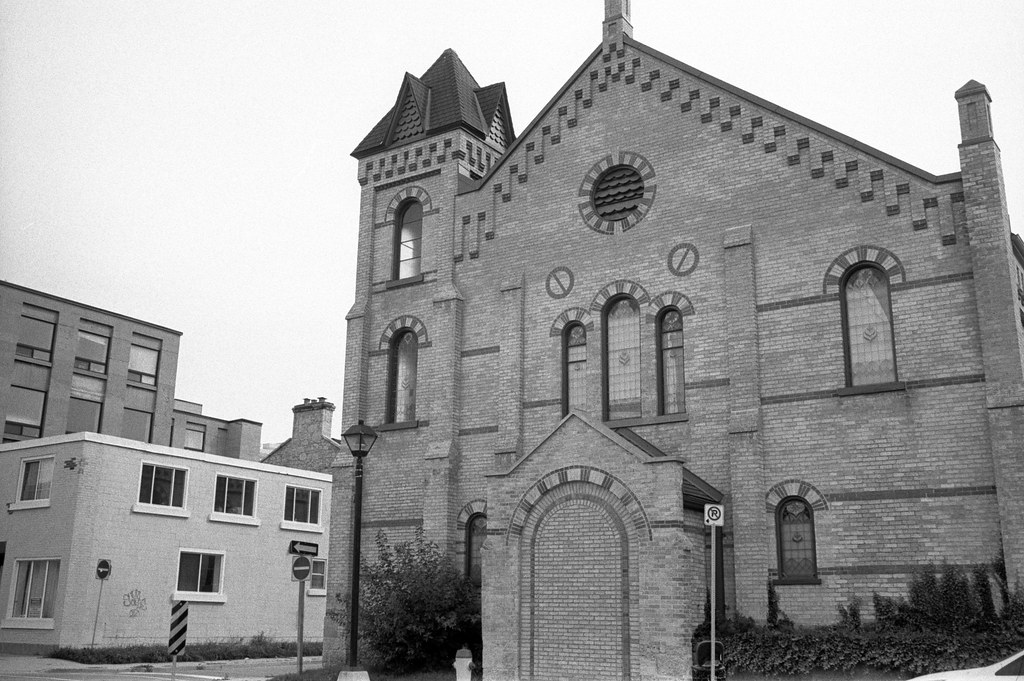

Experiences
After my experiences with the bottom loading, Barnack Leica’s this would be my biggest fear with the M6, loading the film. Now I had seen James mis-load the M6 before, so I remained apprehensive. But I specifically asked for James not to load the camera for me, I wanted to figure this out myself. Well, I got it right, the first time. There’s no fiddling with cutting down your leader or removing a take-up spool and making sure the sprockets are engaged. You drop in your roll, make sure the leader is caught between the tynes in the take-up spool, click advance to pull everything through. Then close it up, tighten by the rewind knob, click advance watch for movement and you’re off! While the camera itself is designed to be fully manual, I operated the camera like a shutter priority, then used only the aperture ring on the lens to make sure my exposure was correct. One less thing to worry about. The viewfinder is big and bright, making composition easy with frame lines for all the major focal lengths and prevents parallax errors. The rangefinder patch has excellent contrast and bright, so I never missed focus. The only issue is with viewing the meter feedback, the M6 (Classic) uses twin arrows with the points facing each other (> <). If both are lit up and bright, you're at the correct exposure, if only one is lit up and bright you're over or underexposed, but if they're lit up and dim you're 1/3rd of a stop over or under. Should be simple, right? Well, the trouble is that I had a hard time figuring out what was bright or dim. Thankfully with a film like Tri-X loaded up, I have a bit of forgiveness available to me and came away with nearly a full roll worth of keepers. The shutter release is smooth, and the shutter sound is a near quiet snick upon release. And the film advance is also smooth and fairly short, much shorter than I expected when I first saw the camera. And like loading, rewinding the film proved easy and fast.
[caption width=1024 align=aligncenter]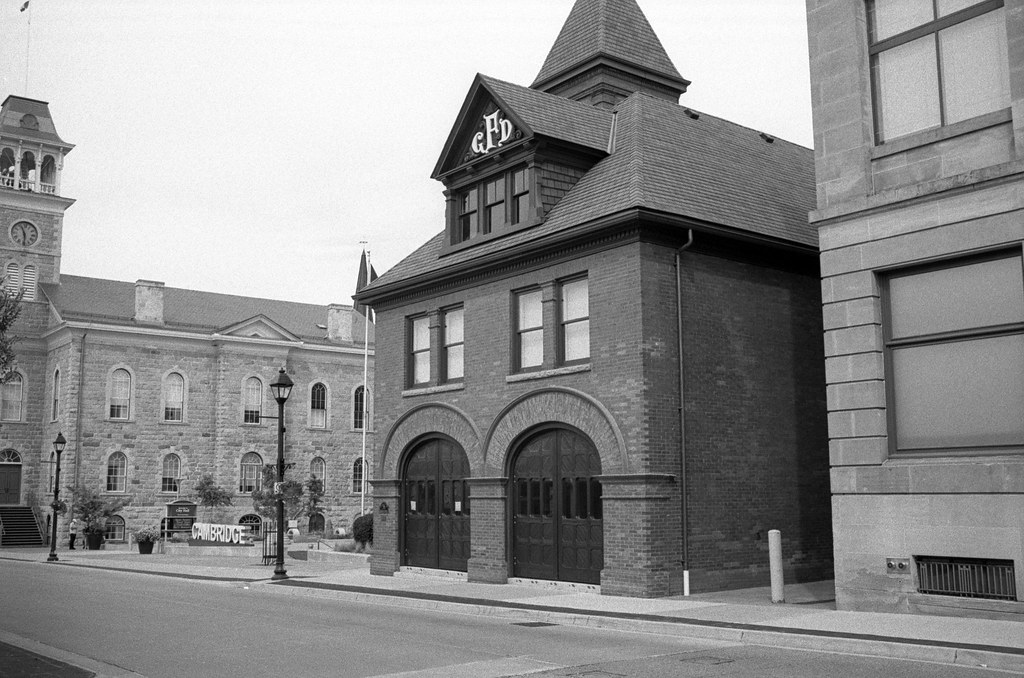 Leica M6 – Leica Summilux-M 1:1.4/35 Asph – Kodak Tri-X 400 @ ASA-400 – Kodak HC-110 Dil. B 6:00 @ 20C[/caption]
Leica M6 – Leica Summilux-M 1:1.4/35 Asph – Kodak Tri-X 400 @ ASA-400 – Kodak HC-110 Dil. B 6:00 @ 20C[/caption]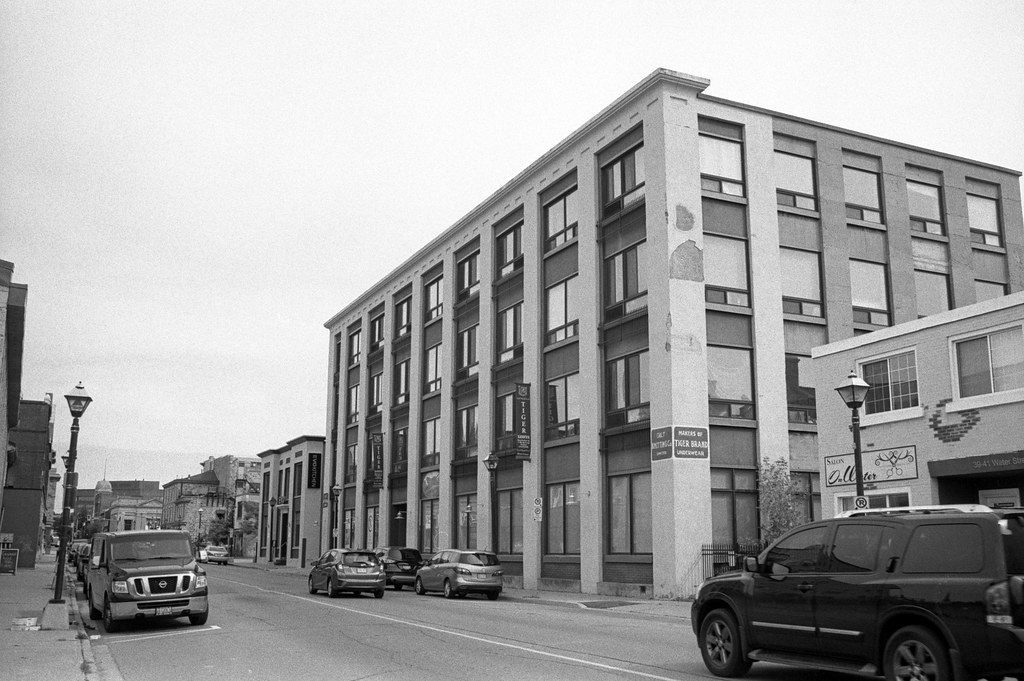
Optics
The fact that the camera is a Leica doesn’t automatically mean that you’re using Leica optics, but I highly recommend their optics. Honestly, the lens I used during the review was a beautiful 35mm Summilux-M with an f/1.4 aperture. Now I was running mostly between f/5.6 and f/11 during the review shoot, and the images speak for themselves. But any lens would work great from the entire optical catalogue. Now the M6 classic might not be the best if you like shooting long lenses or fast aperture lenses (think f/1.1 and faster) for that it’s best to pick up the 0.85 version. Just know that the Leica optics are far from cheap, even on the used market. On the plus side, there are a couple of routes you can take. First, don’t get Leica glass, instead, pick up some options from 7Artisens or Voigtlander. Second, you can get an adapter that will allow you to use older LTM lenses on your Leica without any loss of functionality. Of course, if you’re dropping the cash on a Leica camera, you’re best to save up enough to at least get one lens to start, I highly recommend either a 50mm or 35mm lens, but start with the 50mm and get something with an f/2 rating to get yourself started. Your wallet will thank you. That said, I really liked the Summilux.

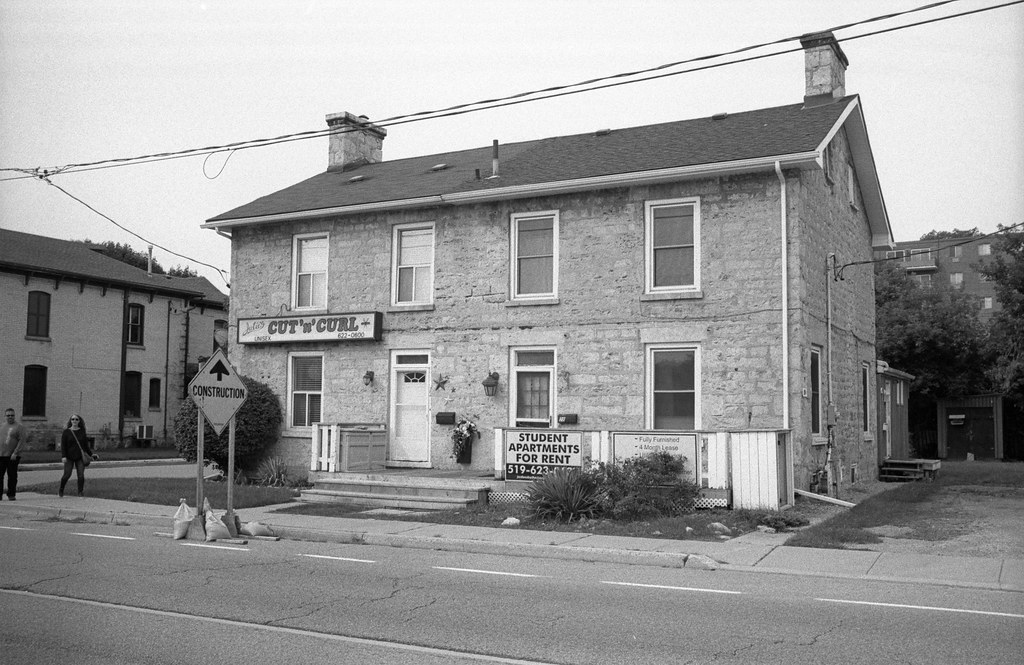
Lowdown
Honestly, the M6 is probably the best rangefinder I’ve reviewed so far; it’s modern, it’s amazing, it’s a photographer’s camera. It is easy to use, even for someone who is having their first experience with the M-Series, and it offers TTL metering. Plus the M-Mount allows you access to some of the best optics out there from Leica, Zeiss, and Voigtlander. Plus being a mechanical camera even if the battery or meter dies, you can still use the camera. But all this does come at a price, an M6 Classic without a lens will run you between 2,300 and 3,000 on the used market, a TTL version is 3,000 to 5,000, and the 0.85 version is 4,000 to 6,000. A 50mm f/2 lens is between 600-1,000, so best to save your pennies. But honestly, an M6 is the least expensive way to get into the M-System with a Leica body as it doesn’t have the same draw as older versions such as the M3, M4, or the highly sought after M4-2/P. But for me, I don’t think I’ll ever purchase a Leica M-Series camera. But if one were offered with a lens even just one lens, I would use it with pride.
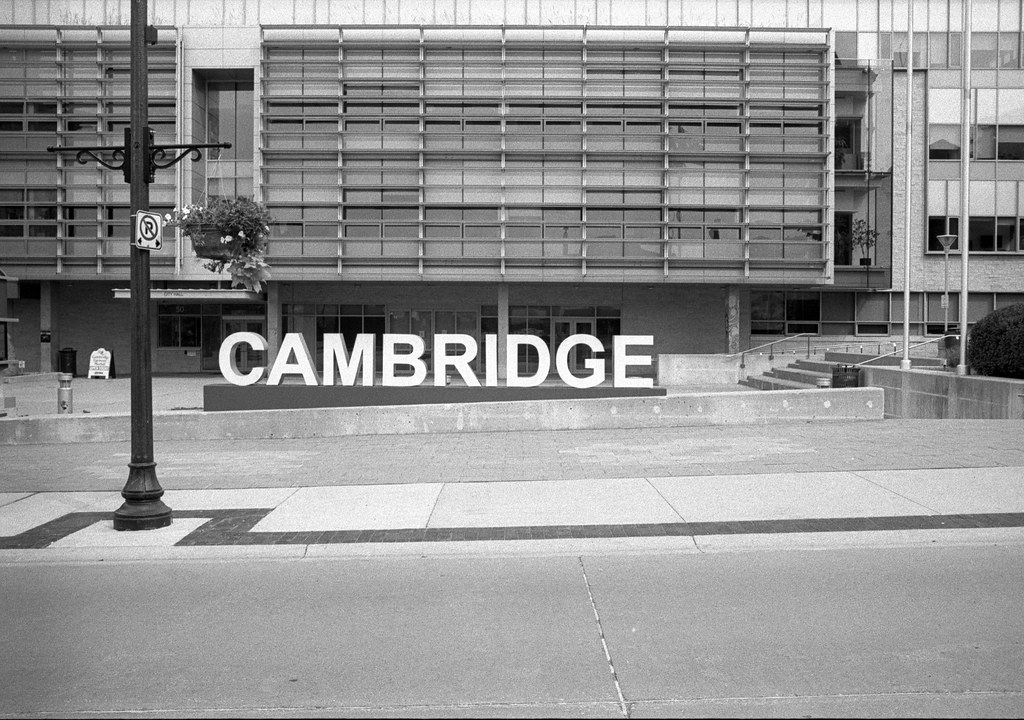

Further Reading
Don’t just take my word on the M6, you can check out the reviews by other awesome camera reviewers!
Johnny Martyr – IMHO Leica M6 0.85
35mmc – Yet another M6 Review, is it worth the Hype?
Japan Camera Hunter – Why I think the M6 is the best Leica Rangefinder
Emuslive – A Day in the Life: London Street Photography on the Leica M6